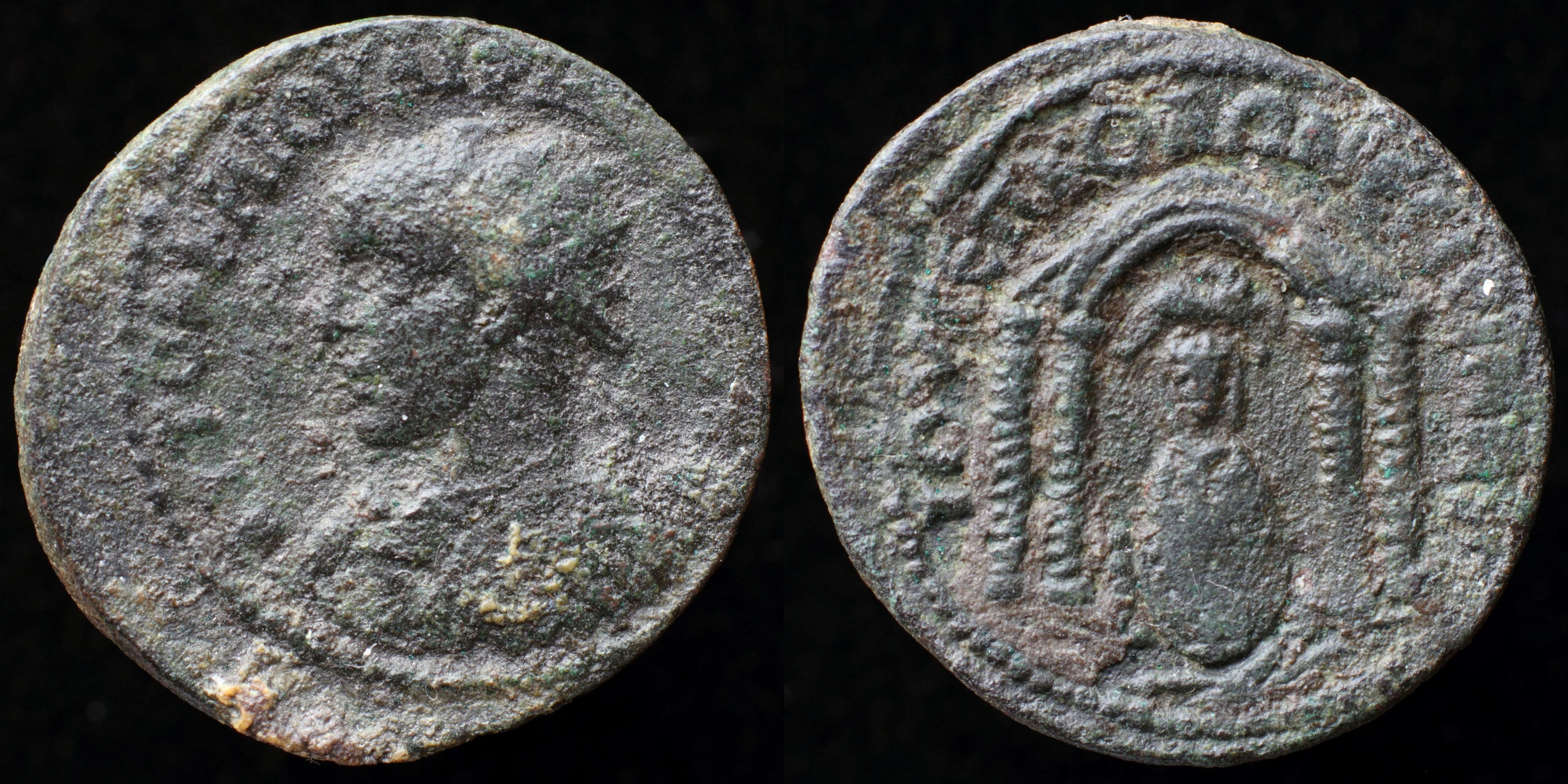Naşibīna was an Aramaean kingdom captured by the Assyrian king Adad-Nirari II in 896. It remained part of the Assyrian Empire until its collapse in 608 BC.
Like many other cities in the marches where Roman and Parthian powers confronted one another, Nisibis was often taken and retaken: it was captured by Lucullus after a long siege from the brother of Tigranes; and captured again by Trajan in 115 AD, for which he gained the name of Parthicus, then lost and regained against the Jews during the Kitos War. The last battle between Rome and Parthia was fought in the vicinity of the city in 217.
After the rise of Islam, the city was taken without resistance by the forces of the Rashidun Caliphate under Umar in 639 or 640. Under early Islamic rule, the city served as a local administrative centre. he city is described as a very prosperous one by the period's Arab geographers and historians, with imposing baths, walls, lavish houses, a bridge and a hospital. In 1230, the city was invaded by the Mongol Empire.
Like many other cities in the marches where Roman and Parthian powers confronted one another, Nisibis was often taken and retaken: it was captured by Lucullus after a long siege from the brother of Tigranes; and captured again by Trajan in 115 AD, for which he gained the name of Parthicus, then lost and regained against the Jews during the Kitos War. The last battle between Rome and Parthia was fought in the vicinity of the city in 217.
After the rise of Islam, the city was taken without resistance by the forces of the Rashidun Caliphate under Umar in 639 or 640. Under early Islamic rule, the city served as a local administrative centre. he city is described as a very prosperous one by the period's Arab geographers and historians, with imposing baths, walls, lavish houses, a bridge and a hospital. In 1230, the city was invaded by the Mongol Empire.
Modern location: Nusaybin, Turkey
(1)
Philip II Junior

Obverse: radiate and cuirassed bust left; AYTOK K M IOYΛI ΦIΛIΠΠOC CEB
Reverse: facing seated statue of Tyche, ram to the right with head left above and river-god swimming to the right below, all inside tetrastyle temple temple with arched central bay; IOV CEΠ KOΛΩ NECIBI MHT
Diameter:
24.5 mm
Die Orientation: -
Weight: 8 g
Die Orientation: -
Weight: 8 g
Jul/Aug 249 AD
BMC 22 corr. (Philip I); SNG Copenhagen 240 corr. (same); SNG Hunterian 2448-50
